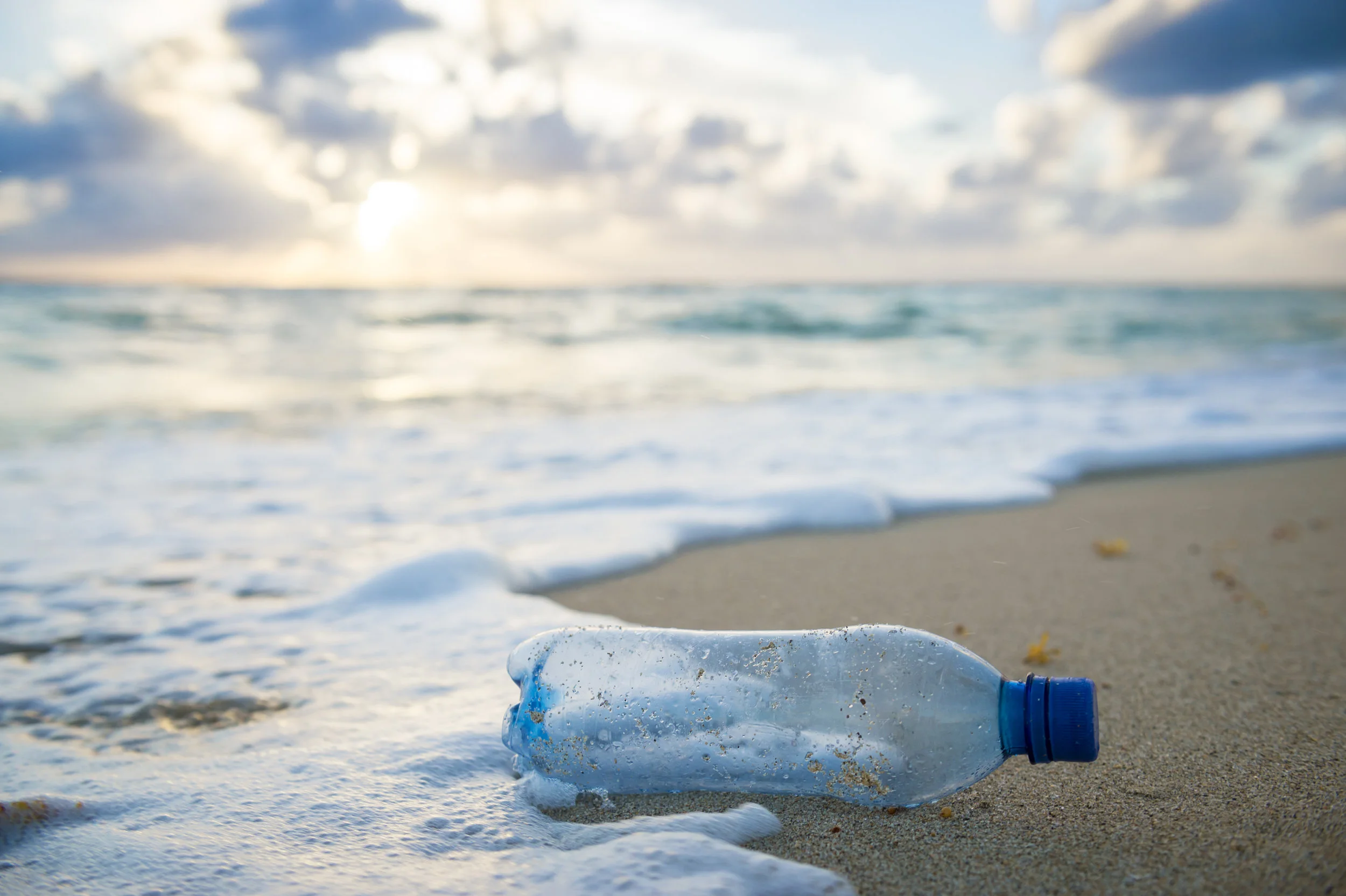The Life Cycle Of Your To-Go Coffee Cup
When you get your to-go coffee you might not realize it but you are contributing to our serious plastic problem. Every minute a full garbage truck amount of plastic makes its way into our oceans which means that every year over 8 million tons of plastic pollute the waters.
When you get your coffee to go you might not realize it but the container you use is not very easy to recycle. For hot beverages in particular the containers are comprised of plastic and paper so that they are heat proof and leak proof but over 99.75% of these cups never get recycled because recycling plants are unable to process them. Even the plastic containers in which cold beverages are served are comprised of a multitude of plastic components that don't get recycled.
This means that upwards of 2.5 billion cups get thrown away every year from name brand coffee places.
But why is that? Well, when you're to go coffee containers are manufactured it's broken down into multiple parts.
Breakdown of to go coffee cups:
There is more to your single, to go coffee than you might think and each element needs to be revised and redesigned so that it can be recycled more effectively:
Small-format plastic packaging typically escape sorting systems or manual collection so they're never recycled and they just make their way into the natural environment, eventually polluting the oceans. Straws, Lids, caps, and the rappers from sugars are the most common plastic items found in trash.
Multi-material Packaging is not economical because it simply can't be recycled. In most cases there are not Technologies feasible to separate the combined materials into new materials that can be recycled.
The uncommon plastic packaging materials are also not economically viable to recycle simply because they have a small volume. The recycling process relies heavily upon scale so if the volume of the material is too low it won't be sorted because it's not economically feasible which means this type of plastic never get sorted from household waste or recycled and contaminates the environment, raising concerns not just for pollution but for the effects on human health given that even small concentrations of things like PVC contain carcinogenic elements.
Nutrient contaminated packaging is very challenging to not only sort but to clean in order to be properly recycled. The high amount of contamination such as residue from organic materials or odors can't be separated during the recycling process so it simply doesn't get recycled.
What is the solution?
This global plastic packaging can be rectified by way of a fundamental redesign for how containers are made including to go coffee cups, the ability to reuse some of those containers, and more importantly, concerted efforts to recycle plastic packaging. Europe, India, and Taiwan have set deadlines for banning these single-use plastic cups.
Starbucks uses approximately 6 billion to go cups every year. Dunkin Donuts earn 70% of its revenue by way of to go coffee, going through approximately 1 billion of these cups each year. But it's not just coffee shops that are to blame. Even the fast food industry uses the plastic lined, double-walled, and plastic lidded paper cups. And yes, companies like Dunkin Donuts are making serious attempts to transition away from these cups and utilize new materials.
It's important to understand that the solution is not just one-sided. Companies have to take it upon themselves to innovate recyclable materials, change the structure of the cups they are using. But consumers are equally responsible for demanding this change first and foremost, and doing their part by purchasing single-use containers for to go coffee regularly acquired at a local coffee shop, a container that they use day in and day out. The city of Berkeley, California found that 40 million of these disposable to-go coffee cups get thrown away every year which is the equivalent of 1 cup per day per resident.
Companies have to do their part to encourage more recyclable materials in the office used by employees. Companies that have a regular coffee dispenser similar to a vending machine or even multiple coffee pots still typically rely upon paper cups which are equally difficult to recycle. Thankfully there are eco-friendly alternatives that are cost-effective for companies such as the Lavit on demand drink system that uses only 100% recyclable Eco caps alongside lightweight packaging. The EcoCaps take just one seventh of the aluminum used in traditional soda cans and they're 100% recyclable helping to reverse the issue of 99.75% of caps otherwise ending up in the ocean. Even small steps like integrating drink systems that reduce waste, save energy, and capitalize upon sustainability can go a long way toward tackling our problem of to go coffee plastic pollution.
References:
Chasan, E., & Parmar, H. (2019). Berkeley, others target a new environmental scourge: the to-go coffee cup. Retrieved from https://www.seattletimes.com/business/first-they-came-for-plastic-bags-coffee-cups-are-next/
New Plastics Economy initiative analysis (see Appendix in: World Economic Forum and Ellen MacArthur Foundation, The New Plastics Economy – Catalysing action. (2019). Retrieved from https://www.ellenmacarthurfoundation.org/assets/downloads/publications/NPEC-Hybrid_English_22-11-17_Digital.pdf
Parker, L. (2019). Eight Million Tons of Plastic Dumped in Ocean Every Year. Retrieved from https://news.nationalgeographic.com/news/2015/02/150212-ocean-debris-plastic-garbage-patches-science/
Reality Check: Why are 99.75% of coffee cups not recycled?. (2019). Retrieved from https://www.bbc.com/news/science-environment-43739043
































Give your office an immune and energy boost! Learn all about our delicious EBOOST flavor that’s jam packed with vitamins, minerals, electrolytes and more!